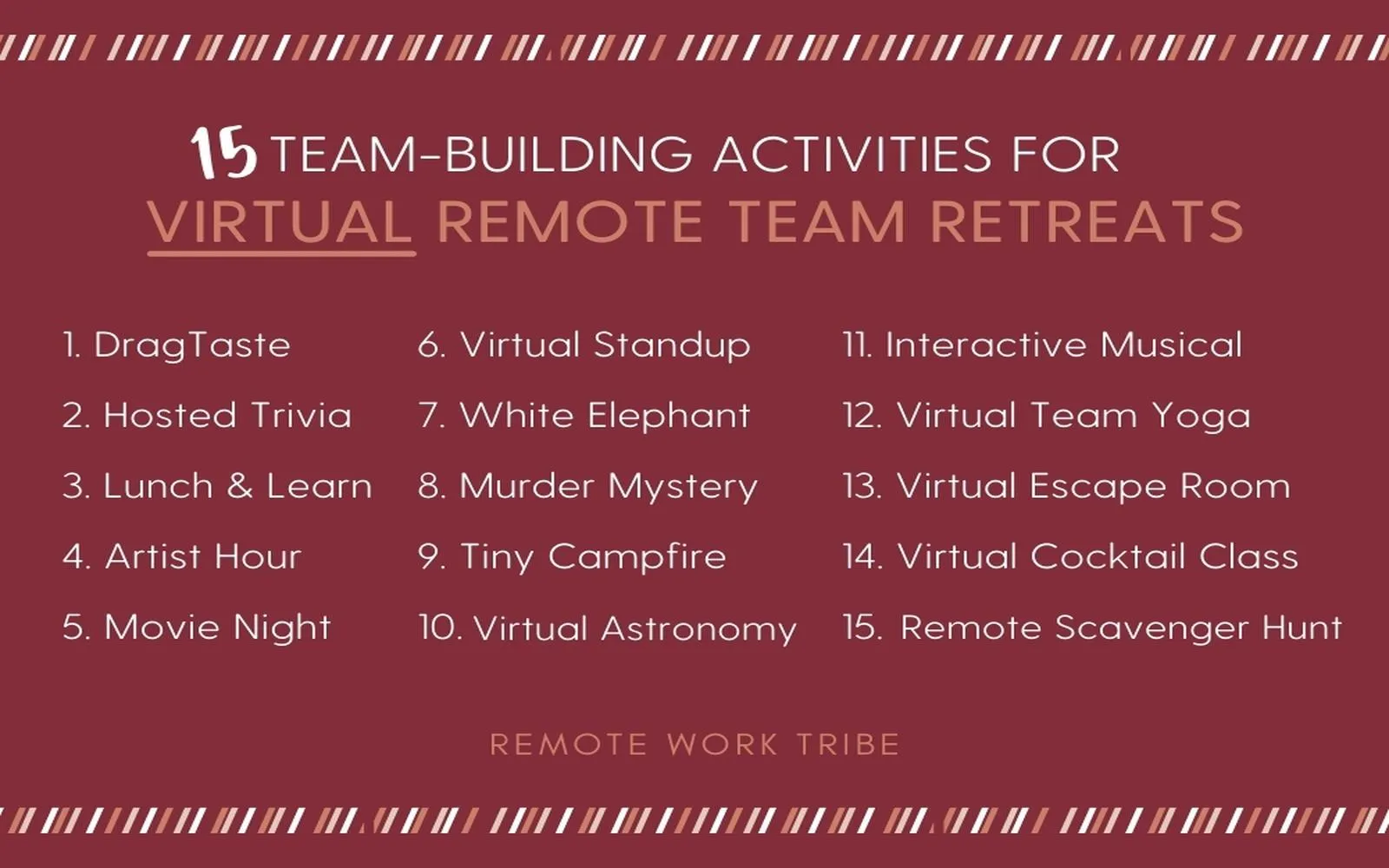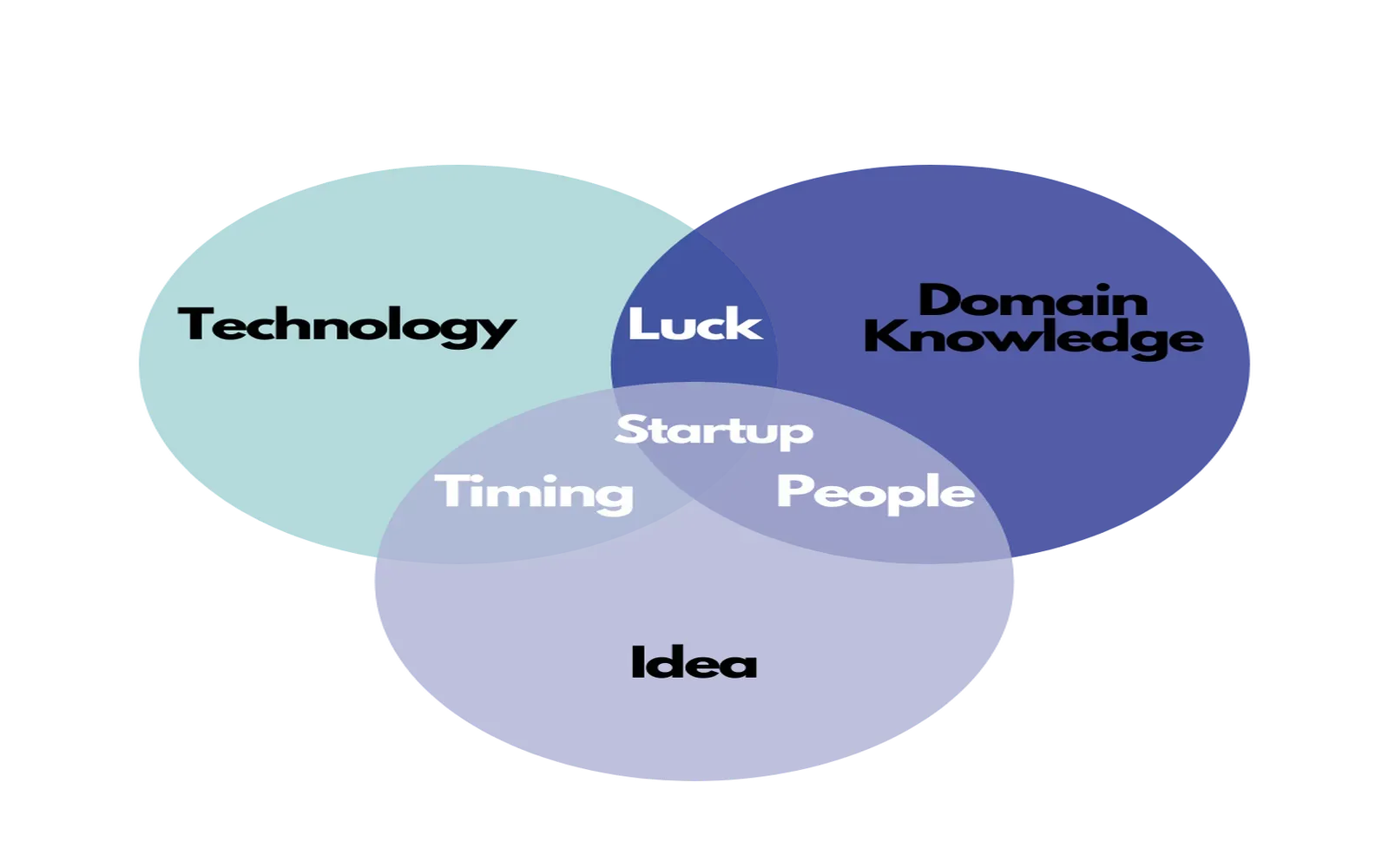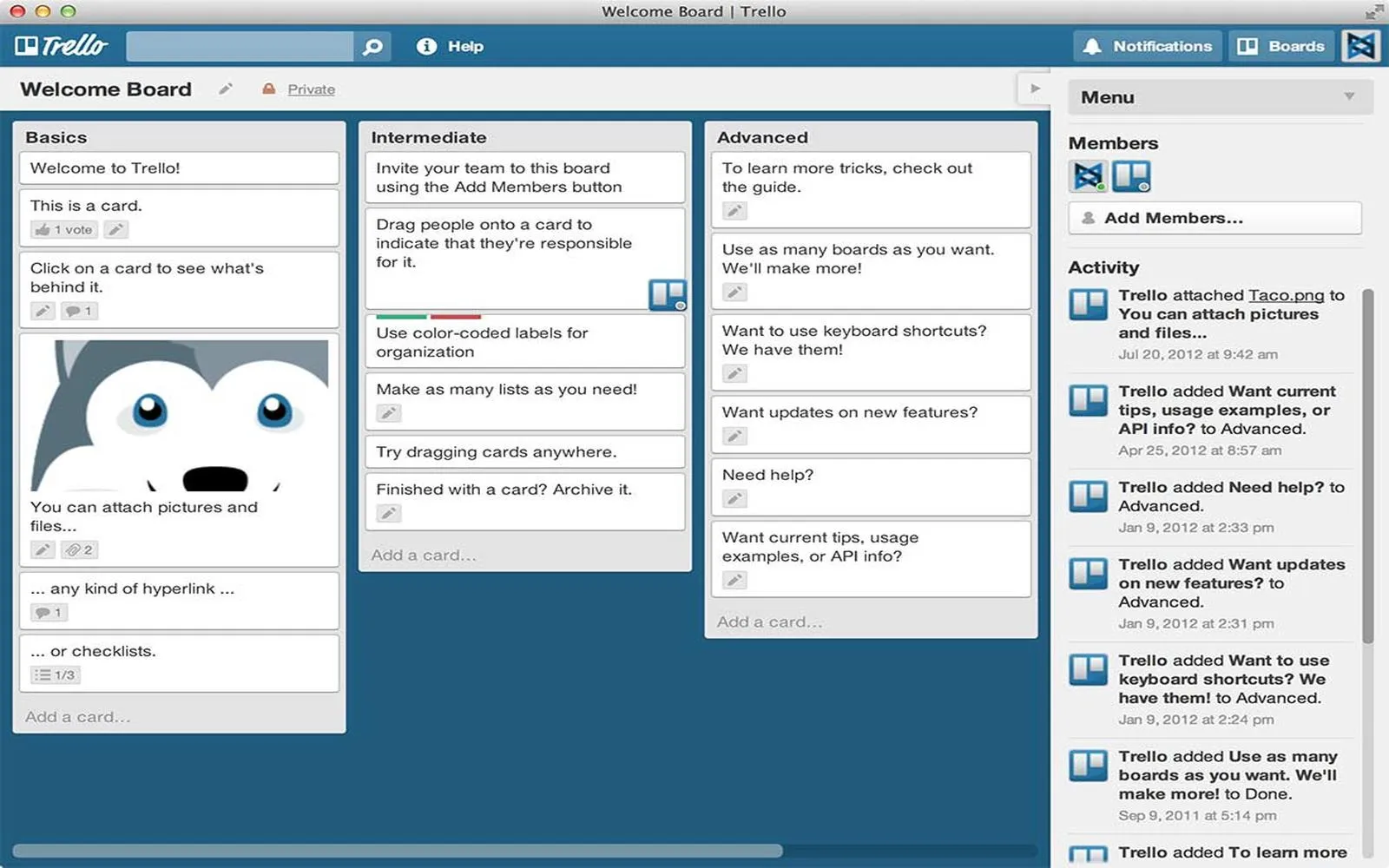When planning a company retreat for a remote team, it's essential to consider various factors that can enhance collaboration, strengthen team bonds, and boost morale. Here’s a comprehensive guide to help you run a successful company retreat, ensuring that your remote team feels valued and engaged.
1. Set Clear Objectives
Before diving into the logistics, establish the ''goals'' of the retreat. Whether you aim to foster teamwork, brainstorm new projects, or simply relax and recharge, having clear objectives will guide your planning process. Some common objectives include:
- Improving team communication
- Enhancing creativity and innovation
- Building stronger relationships among team members
- Celebrating accomplishments
2. Choose the Right Location
The location significantly impacts the success of your retreat. Select a venue that aligns with your objectives and offers a comfortable environment for your remote team. Consider the following options:
| Location Type | Advantages | Disadvantages |
|---|---|---|
| Resort | Relaxing environment, recreational activities available | Potentially high costs |
| Conference Center | Professional setting, equipped with necessary facilities | Less casual atmosphere |
| Outdoor Retreat | Promotes team bonding, unique experiences | Weather-dependent |
3. Plan Engaging Activities
Activities during the retreat should foster collaboration and help achieve your objectives. Incorporate a mix of professional development and fun to keep the team engaged. Here are some ideas:
- Team-building exercises such as trust falls, escape rooms, or scavenger hunts
- Workshops focused on skill development relevant to your industry
- Brainstorming sessions to generate new ideas for projects
- Social activities like game nights or group outings
4. Encourage Open Communication
Creating an environment where team members feel comfortable sharing their thoughts and ideas is crucial. Establish norms for open communication throughout the retreat. Consider implementing:
- Icebreaker activities to promote interaction
- Group discussions where everyone can voice their opinions
- Anonymous feedback options for sensitive topics
5. Schedule Downtime
While it's important to have structured activities, don't forget to schedule downtime. Allowing team members to relax and recharge will enhance their overall experience. Use this time for:
- Informal networking
- Relaxation and personal reflection
- Exploring the local area
6. Incorporate Technology
For remote teams, technology can bridge the gap and enhance the retreat experience. Use tools that facilitate collaboration and keep everyone connected. Some suggestions include:
- Video conferencing software for hybrid participation
- Collaboration platforms for real-time brainstorming
- Social media groups or messaging apps for sharing experiences
7. Gather Feedback
After the retreat, gather feedback from participants to assess its effectiveness and areas for improvement. This will help you refine future retreats to better meet the needs of your remote team. Consider using:
- Surveys to collect quantitative and qualitative data
- Discussion forums for open-ended feedback
- Follow-up meetings to discuss insights
8. Follow Up on Outcomes
Ensure that the outcomes of the retreat are not forgotten once everyone returns to their daily routines. Implement strategies to follow up on the ideas generated and connections made during the retreat. This can include:
- Regular check-ins to discuss progress on action items
- Setting up mentorship or buddy systems for ongoing support
- Creating a shared document or platform for tracking goals
Conclusion
Running a successful company retreat for a remote team can be a rewarding experience, fostering stronger connections and enhancing productivity. By focusing on clear objectives, choosing the right location, and incorporating engaging activities, your retreat can leave a lasting impact on your team. Remember to leverage technology, encourage open communication, and follow up on outcomes to maximize the benefits of the retreat. With careful planning and execution, your remote team will return re-energized and ready to tackle new challenges together.





